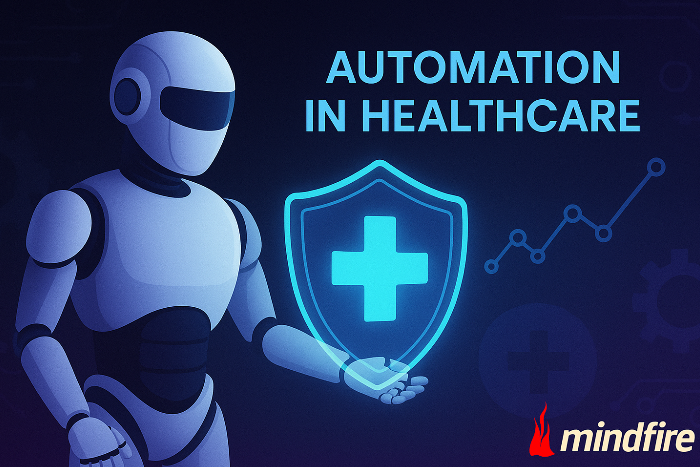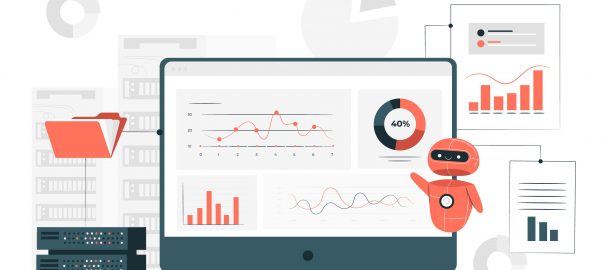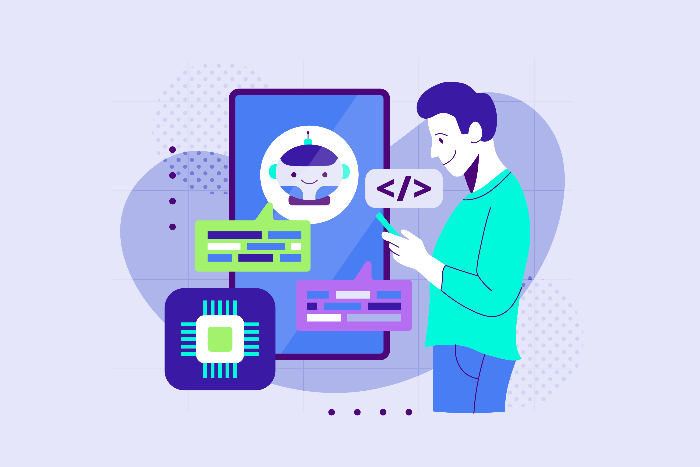Introduction
The publishing industry has been undergoing significant changes in recent years, with the rise of digital platforms and the increasing demand for personalized content. One of the most promising developments in this field is the integration of artificial intelligence (AI) technologies. Let us take a look at a few aspects of the role of AI in the publishing industry, discussing its potential benefits and challenges, as well as some real-world applications.
Role of AI in the Publishing Industry
1. Streamlining Editorial Processes
One of the primary applications of Artificial Intelligence in the publishing industry is to streamline editorial processes. AI-powered tools can help automate repetitive tasks, such as proofreading and copyediting, allowing editors to focus on more creative aspects of their work. For instance, AI-driven proofreading tools like Grammarly can identify and correct grammar, spelling, and punctuation errors, saving time and improving the overall quality of the content.
2. Content Personalization and Recommendation
AI can also play a significant role in content personalization and recommendation. By analyzing user behavior and preferences, AI algorithms can suggest relevant content to readers, enhancing their experience and increasing engagement. For example, platforms like Amazon and Netflix use AI-driven recommendation engines to suggest books, movies, and TV shows based on users’ browsing and purchase history.
3. Content Generation
The evolution of content generation using AI represents a paradigm shift in how we approach creativity and communication. AI-powered natural language generation (NLG) tools can create content based on specific inputs, such as data or keywords. While these tools are not yet capable of producing high-quality, creative content, they can be useful for generating simple reports, summaries, or news articles. For example, the Associated Press uses an AI-driven tool called Wordsmith to generate news stories based on financial data.
4. Metadata Management
Metadata is crucial for organizing and categorizing content in the publishing industry. AI can help automate the process of metadata creation and management, ensuring that content is accurately tagged and easily discoverable. For instance, AI-powered tools can analyze text and images to generate relevant keywords, categories, and descriptions, improving searchability and discoverability.
5. Audience Analysis and Targeting
Understanding and targeting the right audience is essential for the success of any publishing venture. AI can help publishers analyze user data and identify patterns, enabling them to create more targeted marketing campaigns and content strategies. For example, AI-driven analytics tools can segment users based on their demographics, interests, and behavior, allowing publishers to tailor their content and marketing efforts accordingly.
6. Enhancing User Experience
AI can also be used to improve the overall user experience in digital publishing solutions. For example, AI-powered chatbots can provide instant customer support, answering common questions and guiding users through the platform. Additionally, AI-driven simple text-to-speech tools can convert written content into audio, making it more accessible for users with visual impairments or those who prefer listening to reading.
7. AI in Translation and Localization
The publishing industry often requires content to be translated and localized for different markets. AI-powered translation tools, such as Google Translate, have made significant advancements in recent years, providing more accurate translations across various languages. These tools can help publishers quickly and cost-effectively translate content, making it accessible to a broader audience and expanding their market reach.
8. AI in Content Curation
Content curation is an essential aspect of the publishing industry, as it helps publishers identify and organize relevant content for their audience. AI-driven content curation tools can analyze vast amounts of data and identify trending topics, popular articles, and other relevant content. This can help publishers stay up-to-date with the latest industry trends and provide their audience with the most engaging and relevant content.
9. AI in Advertising and Monetization
AI can also play a significant role in advertising and monetization strategies for publishers. AI-driven advertising platforms can analyze user data and preferences to deliver targeted ads, resulting in higher click-through rates and increased revenue for publishers. Additionally, AI can help optimize ad placements and formats, ensuring that ads are displayed in the most effective and non-intrusive manner.
Challenges and Limitations
Despite its potential benefits, the integration of Artificial Intelligence in the publishing industry also presents some challenges and limitations. One of the primary concerns is the potential loss of jobs due to automation. While AI can streamline certain tasks, it is essential to recognize that human creativity and judgment are still crucial in the publishing process. Moreover, the ethical implications of using AI-driven tools, such as data privacy and algorithmic bias, must be carefully considered and addressed.
Conclusion
The role of AI in the publishing industry is multifaceted and continues to grow as technology advances. From streamlining editorial processes and enhancing user experience to improving content discovery and monetization strategies, AI offers numerous opportunities for publishers to innovate and stay competitive in the digital age. However, it is essential to recognize the limitations and challenges associated with AI integration and ensure that human creativity and judgment remain at the core of the publishing process. By striking the right balance between AI-driven automation and human expertise, the publishing industry can continue to evolve and thrive in the digital era.
Discover innovation with Mindfire Solutions, your go-to partner for software development. We’re experts in AI, helping publishers gain efficiency and a competitive edge. Our AI solutions optimize workflows, boost content creation, and engage audiences effectively. Partner with us to navigate the future, where AI turns challenges into opportunities, making excellence the standard.










